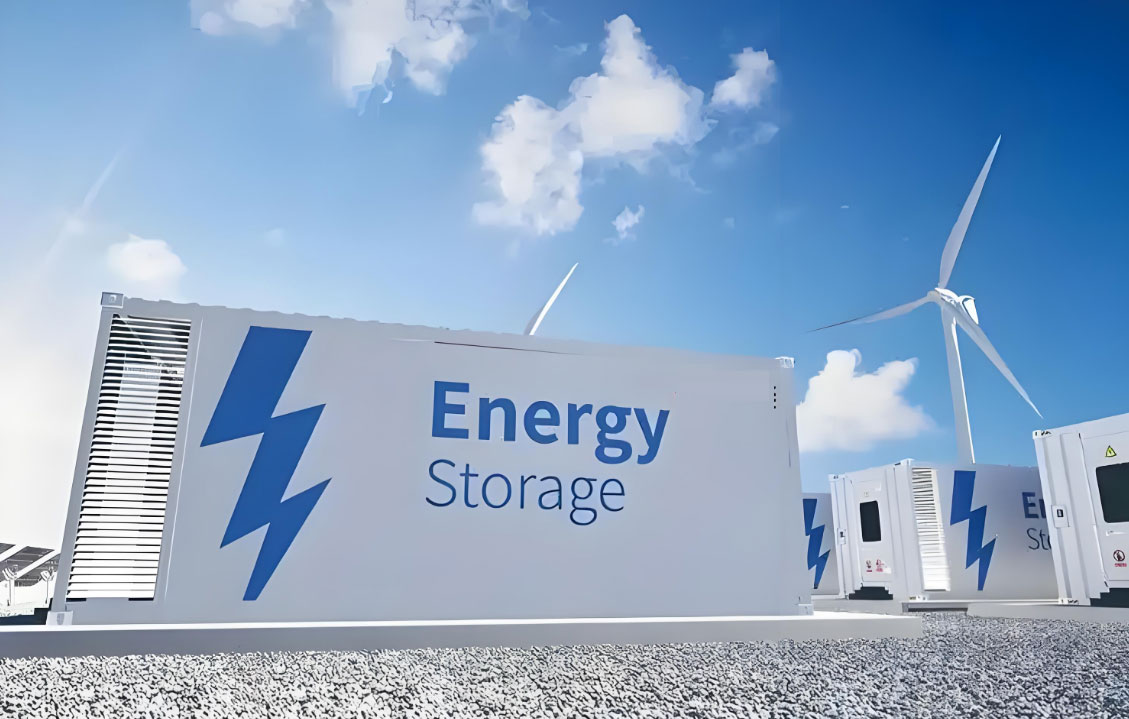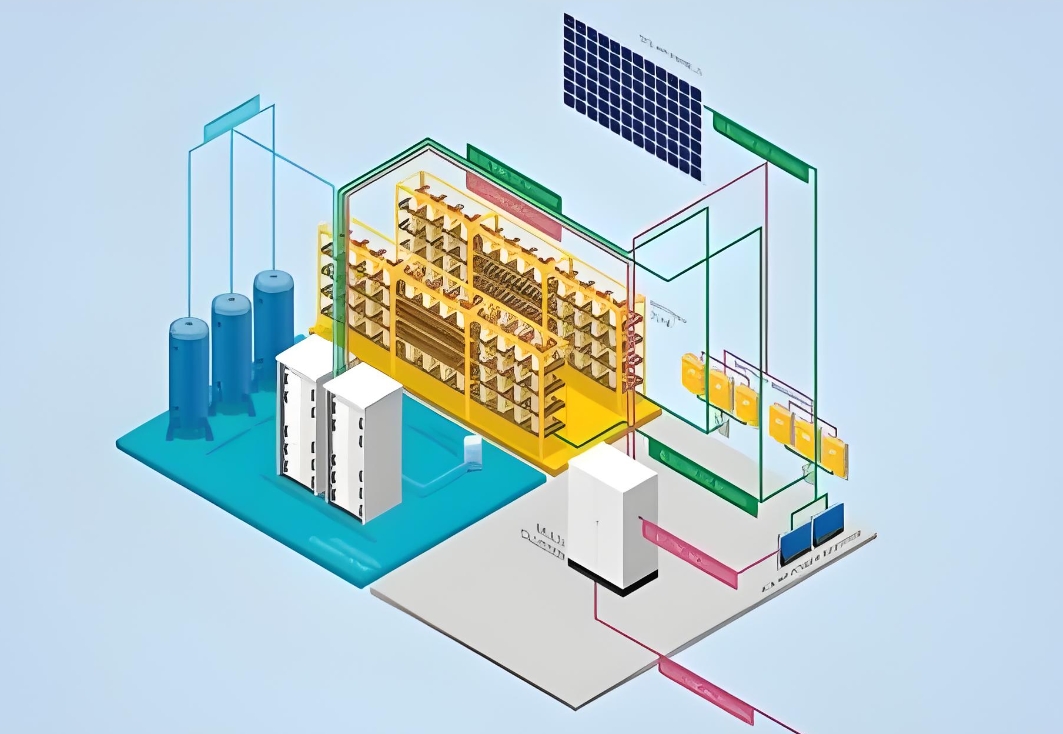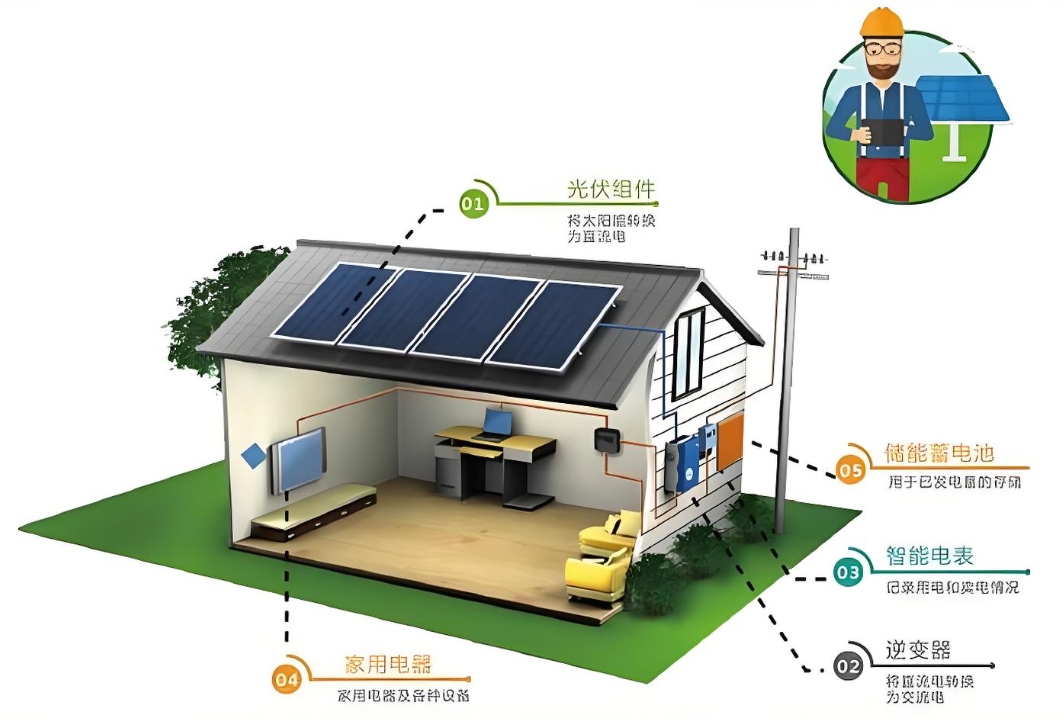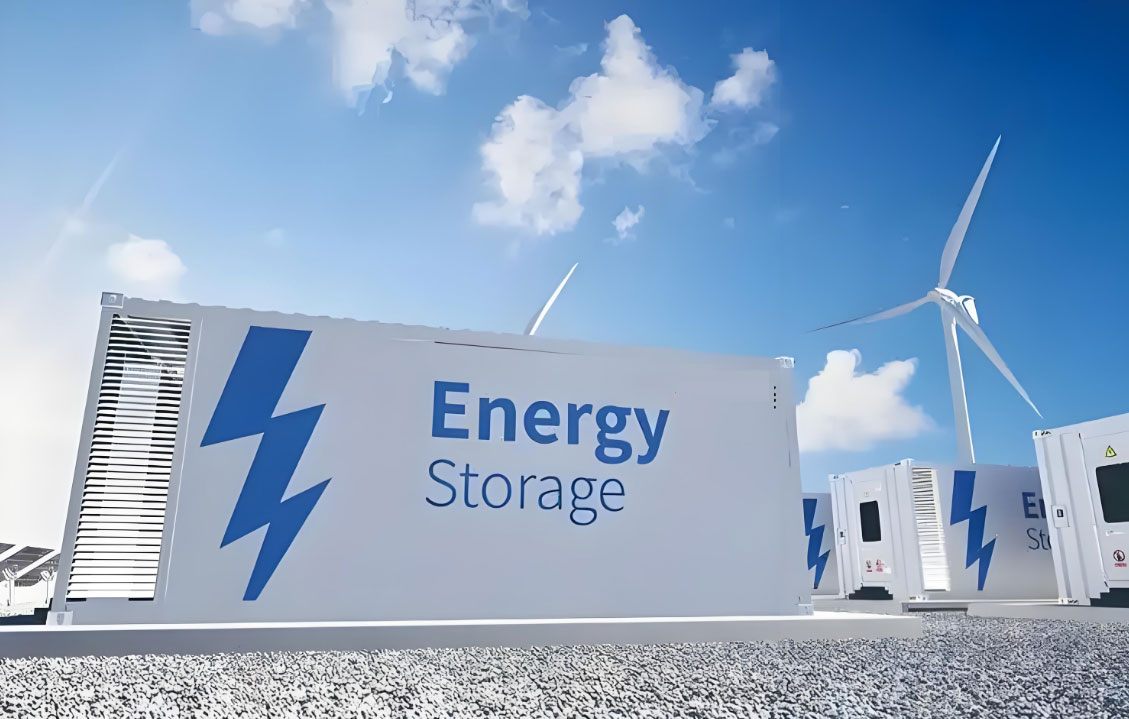The Comprehensive Guide to Energy Storage Batteries: Technologies, Costs, and Applications
Introduction
As the world transitions toward renewable energy and grid decarbonization, energy storage batteries have emerged as a cornerstone technology. From residential solar systems to utility-scale power plants, batteries enable efficient energy management, peak shaving, and backup power solutions. Among various battery chemistries, lithium iron phosphate (LiFePO₄) has gained prominence for its safety, longevity, and cost-effectiveness. This article explores the current landscape of energy storage batteries, focusing on LiFePO₄ technology, system costs, and practical applications for global users.
1. Key Battery Technologies for Energy Storage
1.1 Lithium Iron Phosphate (LiFePO₄)
- Advantages:
- Safety: Stable chemistry minimizes thermal runaway risks.
- Cycle Life: 4,000–6,000 cycles (80% capacity retention).
- Cost: Lower raw material costs compared to NMC or LFP.
- Applications: Residential storage, commercial backup, and microgrids.
1.2 Lithium Nickel Manganese Cobalt (NMC)
- Strengths: Higher energy density (~200 Wh/kg vs. LiFePO₄’s 160 Wh/kg).
- Limitations: Shorter lifespan (~2,000 cycles) and higher fire risk.
1.3 Flow Batteries & Others
- Vanadium Flow: Ideal for long-duration storage (8+ hours) but costly.
- Lead-Acid: Low upfront cost but limited lifespan (500–1,000 cycles).

2. Cost Breakdown of a LiFePO₄ Energy Storage System
A 241 kWh LiFePO₄ system serves as a benchmark for mid-to-large-scale applications. Below is a detailed cost analysis (2023 pricing):
2.1 Battery Cells (50–65% of Total Cost)
- Cell-Level Cost: $100–$180 per kWh (mass production from Chinese manufacturers).
- System-Level Cost: $150–$250 per kWh (including pack assembly, wiring, and testing).
- Total for 241 kWh: $36,150–$60,250.
- Key Brands: CATL, BYD, EVE Energy.
2.2 Battery Management System (BMS) (5–10%)
- Functions: Cell balancing, temperature control, fault detection.
- Cost: $3,000–$10,000 (passive vs. active balancing systems).
- Leading Providers: Texas Instruments, Nuvation Energy.
2.3 Inverter/Converter (15–25%)
- Requirements: Grid-tie or hybrid inverters with 120 kW capacity.
- Cost: $8,000–$20,000 (brands like Tesla, Sol-Ark, or SMA).
- Efficiency: 95–98% for premium models.
2.4 Thermal Management (3–8%)
- Options:
- Air Cooling: $1,500–$3,000 (suitable for mild climates).
- Liquid Cooling: $5,000–$10,000 (optimal for high-demand scenarios).
2.5 Installation & Auxiliary Costs (10–15%)
- Labor: $5,000–$15,000 (varies by region).
- Permits & Grid Fees: $2,000–$8,000 (e.g., UL certifications in the U.S.).
Total System Cost Estimate: $60,000–$120,000 (before subsidies).
3. Applications Across Key Markets
3.1 Residential Energy Storage
- Use Cases:
- Pair with rooftop solar to maximize self-consumption.
- Backup power during outages (critical in areas prone to wildfires or hurricanes).
- Popular Systems: Tesla Powerwall (13.5 kWh), LG Chem RESU (16 kWh).
- Payback Period: 7–12 years (with solar tax credits).
3.2 Commercial & Industrial (C&I)
- Benefits:
- Demand charge reduction (e.g., shifting load during peak hours).
- Participation in demand response programs (e.g., PJM Interconnection).
- Case Study: A California warehouse saved $18,000 annually using a 200 kWh LiFePO₄ system.
3.3 Utility-Scale Storage
- Grid Services: Frequency regulation, black start capability, renewable firming.
- Projects:
- Moss Landing Energy Storage (California): 3 GWh capacity.
- Hornsdale Power Reserve (Australia): 150 MW/194 MWh (famous for "Tesla Big Battery").
4. Government Incentives & ROI Considerations
4.1 United States
- Federal Tax Credit (ITC): 30% of system cost (for solar + storage installations).
- State Programs:
- California SGIP: Rebates up to $0.50 per Wh for vulnerable communities.
- New York REV: Grants for commercial storage projects.
4.2 Europe
- Germany: KfW loans cover 30% of storage system costs.
- UK: VAT reduction to 0% for home battery installations (2023–2027).
4.3 Australia
- Battery Subsidies: Victoria’s Solar Homes Program offers up to AUD 3,500 for home batteries.
ROI Calculation Example:
- System Cost: $80,000 (241 kWh LiFePO₄).
- Annual Savings: $12,000 (via peak shaving + solar arbitrage).
- Payback Period: ~6.7 years (excluding subsidies).
5. Future Trends & Innovations
5.1 Next-Generation Chemistries
- Solid-State Batteries: Higher energy density (300+ Wh/kg) and enhanced safety.
- Sodium-Ion Batteries: Lower cost ($50–$80 per kWh) but lower energy density.
5.2 AI-Driven Energy Management
- Predictive algorithms optimize charging/discharging based on weather and tariff data.
- Companies like Stem and AutoGrid lead in this space.
5.3 Second-Life Batteries
- Repurposing EV batteries (e.g., Nissan Leaf) for stationary storage reduces costs by 40–60%.
6. Buyer’s Checklist: Choosing the Right System
1. Assess Energy Needs: Calculate daily consumption and peak demand.
2. Verify Certifications: UL 9540 (U.S.), CE Mark (EU), IEC 62619 (global).
3. Evaluate Warranties: 10-year coverage for batteries, 5+ years for inverters.
4. Compare Vendors: Tier 1 brands (Tesla, LG) vs. budget options (Pylontech, Dyness).
7. Challenges & Solutions
- Challenge: High upfront costs.
Solution: Leverage leasing models (e.g., Sunrun’s Brightbox).
- Challenge: Recycling complexities.
Solution: Partner with Redwood Materials or Li-Cycle for closed-loop recycling.
Conclusion
LiFePO₄ energy storage systems offer a robust solution for residential, commercial, and grid-scale applications, combining safety, longevity, and declining costs. With global subsidies and advancing technologies, the ROI for storage systems continues to improve. Whether for energy independence, cost savings, or sustainability goals, investing in a well-designed battery system is a strategic move in today’s energy landscape.
Final Tip: Always request a site assessment and detailed financial model from suppliers to tailor the system to your needs.



